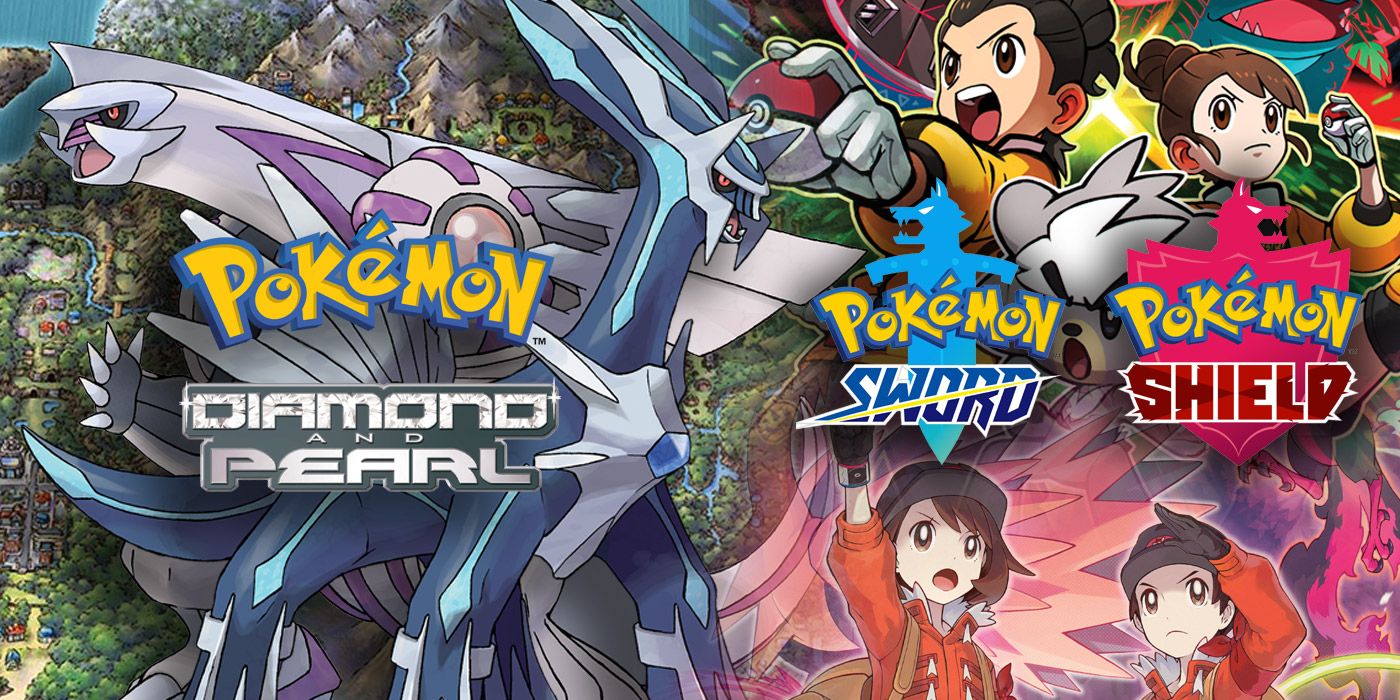
The 35th anniversary of the original Super Mario Bros. was widely celebrated by Nintendo last year, and the same can be said for the Pokemon franchise's 25th anniversary so far this year. Merchandising has been plentiful, and New Pokemon Snap is confirmed to be releasing this April as just one game in the pipeline. There are a number of other games that could be in the works given the last mainline titles, Pokemon Sword and Shield, released in 2019. However, seemingly everyone wants to see remakes of Pokemon Diamond and Pearl to bring fans back to the Sinnoh region.
There have been so many rumors and leaks regarding Pokemon Diamond and Pearl that it feels more apt to ask "when" Game Freak will reveal its next mainline entry remakes than "if" it will. Pokemon Omega Ruby and Alpha Sapphire released on the 3DS in 2014, and the jump to a home console via the Switch has given the franchise a lot more potential. Many feel Sword and Shield did not live up to this potential, but if there's one thing Diamond and Pearl remakes should build upon it's their focus on spectacle with regards to presenting the Galar region.
RELATED: Pokemon Spin-offs That Should Come to The Nintendo Switch After New Pokemon Snap
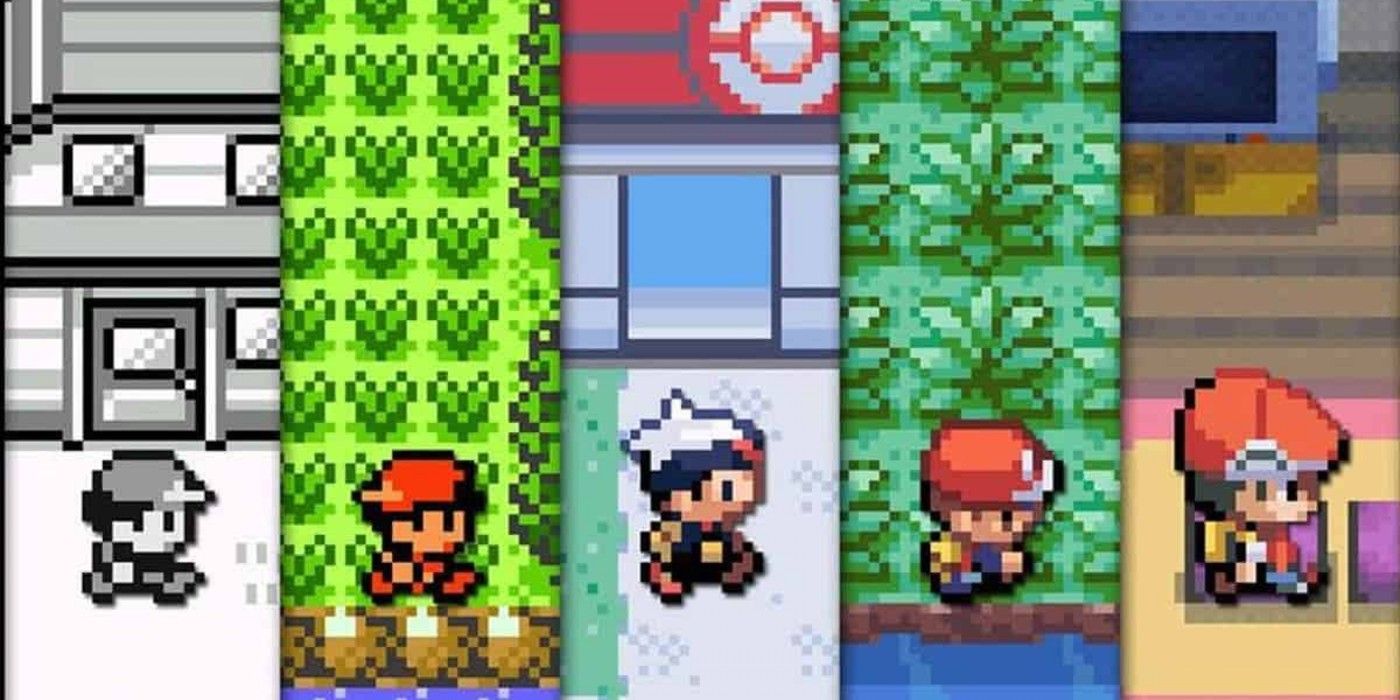
The original Pokemon Red, Blue, Green, and Yellow released on the Game Boy with 8-bit graphics, lending the games a large, chunky sprite-based look. This look carried into Pokemon Gold, Silver, and Crystal, with perhaps the biggest innovation being color thanks to the aptly named Game Boy Color. Many people foster a great deal of respect and nostalgia for this era, with some going so far as to depict Sword and Shield Pokemon in the Game Boy style, but it's hard to deny their basic world design left a lot to the imagination.
Pokemon Ruby, Sapphire, and Emerald on the Game Boy Advance brought things up to 32-bit, and along with those bits came a greater level of detail that define how many perceive Pokemon to this day. The jump was drastic enough that Pokemon Firered and Leafgreen, remakes of the original games, are a completely new visual experience.
However, the Game Boy Advance-era was still relatively flat. Diamond and Pearl rendered their world in such a way that its buildings and plants appeared to be 3D despite retaining their predecessors' 2D grid layout and primarily top-down viewpoint. Pokemon Platinum went a step farther with unique areas like the Distortion World, but Pokemon Black, White, and their sequels took things to a whole new level with massive 3D-looking environments like Skyarrow Bridge that presented different angles and visuals as players crossed them.
Pokemon X and Y marked the series first true jump to 3D, but while many areas offered slightly varied camera angles, they played it safe by retaining the gridded design that players could merely opt into exploring more freely using the 3DS circle pad. It wouldn't be until Pokemon Sun and Moon, as well as Pokemon Sword and Shield to follow, that the regions' environmental layouts began to feel less like a grid and more like real places - and the way these areas are presented followed suit.
RELATED: Pokemon Gen 9 Should Replicate One Major Sword and Shield Change
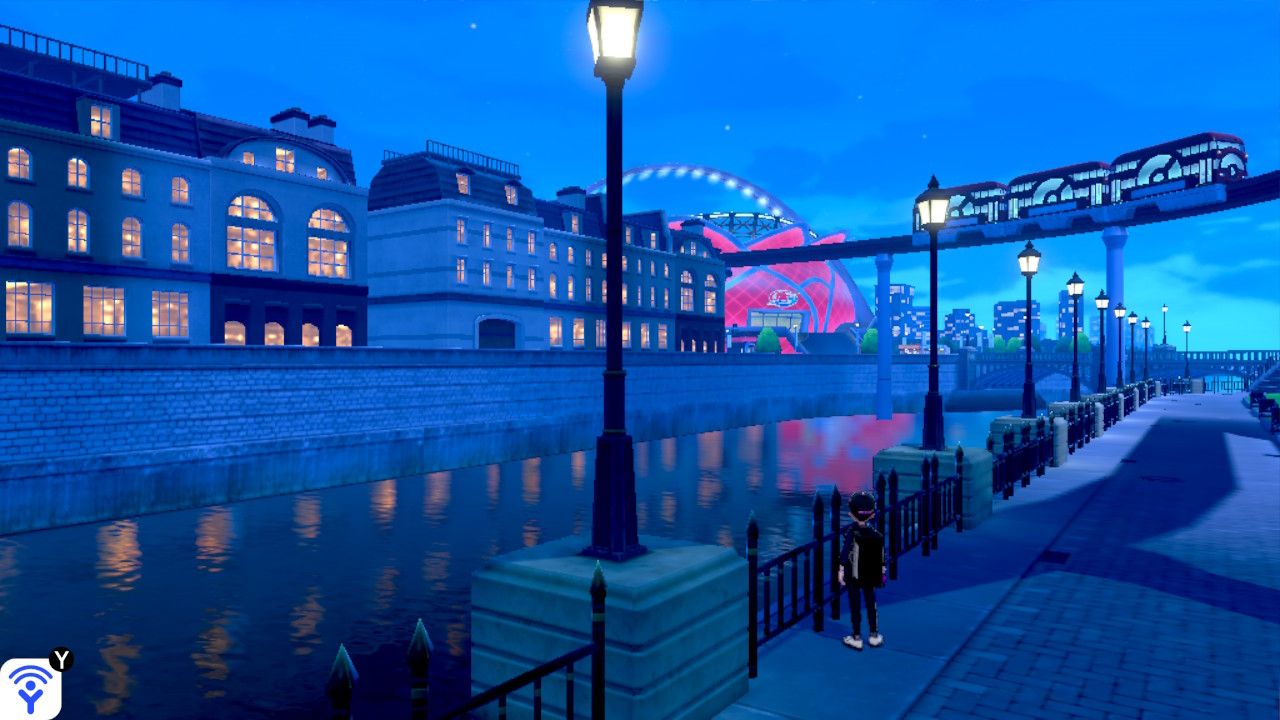
Disregarding Wild Areas in which players have complete control of the camera and an open-world, particularly from the Isle of Armor and Crown Tundra DLC, Sword and Shield typically succeed in matching the energy and spectacle of Dynamax battles with route or town layouts and camera angles. One of the earliest towns, Wedgehurst, stands out for giving players an initially front-facing view that opens into a landscape shot with Professor Magnolia's house in the distance. Even better, once players enter the next route, her house is always in sight down its winding path.
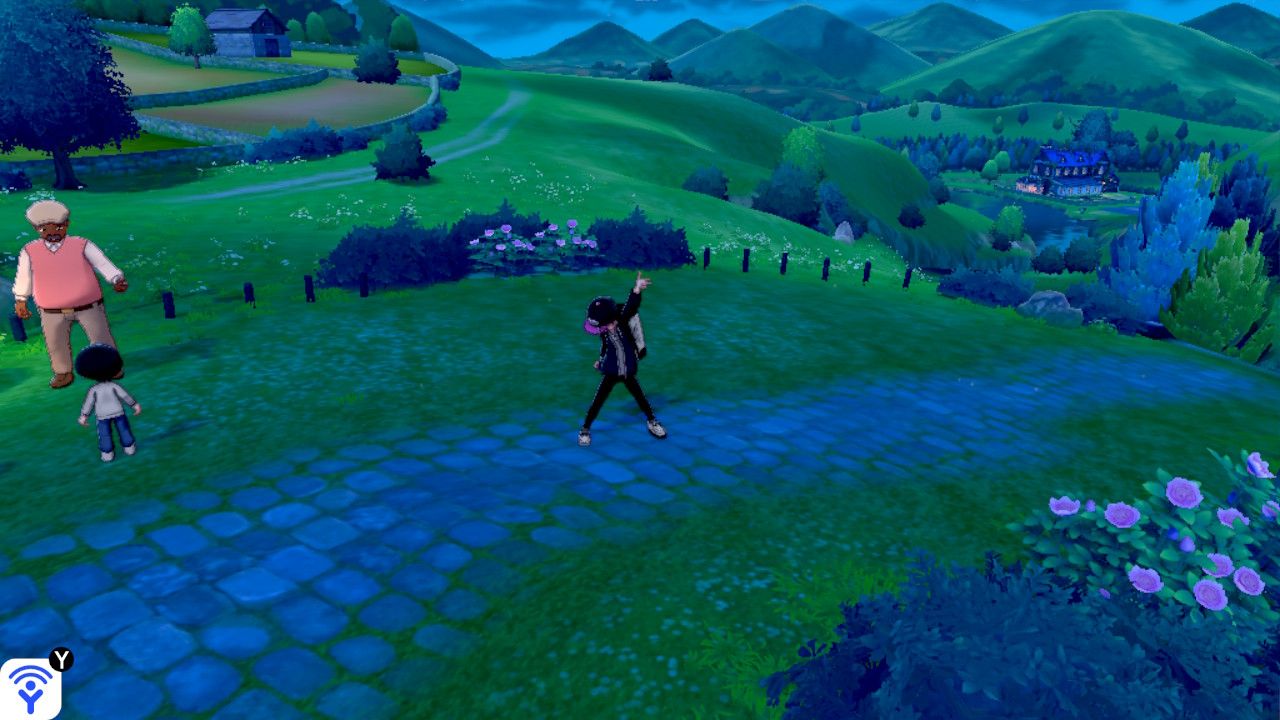
That's not to mention areas with layouts and camera tricks that move even farther away from the traditional top-down, isometric-styled graphics of the past to offer more creativity like Skyarrow Bridge prior. Though objectively less packed with content than previous entries, settlements like Wyndon and Spikemuth create greater illusions of grandeur by offering things like a head-on sidescrolling view in the latter's case.
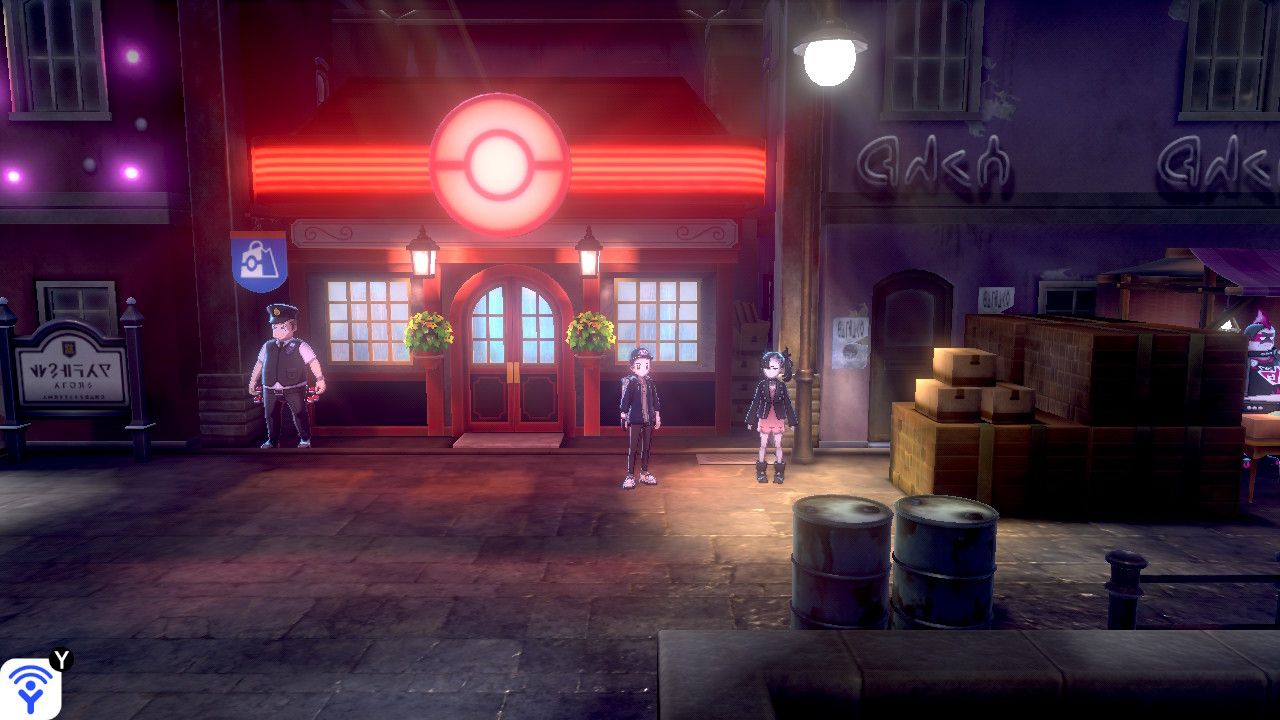
To be fair, it would be hard to completely dismiss the criticism levied at Game Freak for aspects of how Sword and Shield are designed. Creating more "realistic" looking worlds also means typically more linear ones, with Alola being a series of islands laid out like circles and Galar being a vertical line with some branching areas. Many have also taken issue with reused animations, model pop-ins, and low-quality textures on objects like trees. These are notable on a console that introduced heavy-hitters like The Legend of Zelda: Breath of the Wild.
However, Diamond and Pearl remakes offer Game Freak the opportunity to marry a more complex region layout that has familiar landmarks with the more dynamic cinematography of Sword and Shield. The 3DS games Omega Ruby and Alpha Sapphire kept things relatively safe in outdoor settings, saving the best looks at Hoenn for its Soaring feature that turned everything into a sort of diorama from a bird's eye view.
A potential Switch take on Diamond and Pearl should abandon all pretense of replicating the DS original's top-down style. Rebuilding the Sinnoh region from the ground up for more dynamic visuals would offer a myriad of opportunities, from the Old Chateau suddenly emerging out of the fog in Eterna Forest to seeing the Pokemon League loom in the distance when standing on Sunyshore City's solar panel pathways.
Many would likely prefer Game Freak go all the way and offer free 3D roaming like in the Wild Areas across Sinnoh. Assuming the developer chooses to save this for smaller, open places like the Pastoria City's Great Marsh, there would still be a lot of potential in just upping the layered visual design of Galar to a new level. If nothing else, it would be a shame not to design Sinnoh so its most iconic landmark, the impressive Mt. Coronet and Spear Pillar at its peak, is not visible from every corner of the world.
Pokemon Sword and Shield are available now on the Nintendo Switch.

